What is Sales Funnel Content?
Overview
Understanding the Sales Funnel
The sales funnel is a visual representation of the customer journey from initial awareness to final purchase. It consists of different stages, including the top of the funnel (TOFU), middle of the funnel (MOFU), and bottom of the funnel (BOFU). Each stage requires unique content strategies to engage and convert potential customers. Understanding the sales funnel is crucial for optimizing content and improving conversions.
| Stage | Objective |
|---|---|
| TOFU | Create awareness and attract leads |
| MOFU | Nurture leads and build trust |
| BOFU | Drive conversions and close sales |
- Importance of Optimizing Sales Funnel Content: Optimizing content at each stage of the funnel helps to guide customers through the buying process and increase conversion rates.
- Key Metrics to Measure Sales Funnel Performance: Tracking metrics such as conversion rate, bounce rate, and average order value can provide insights into the effectiveness of the sales funnel.
Importance of Optimizing Sales Funnel Content
Optimizing sales funnel content is crucial for businesses to maximize conversions. Well-crafted content at each stage of the sales funnel can effectively engage and nurture leads, ultimately driving them towards making a purchase. By understanding the needs and preferences of the target audience, businesses can create compelling headlines and captivating visuals that capture attention and generate interest. Additionally, optimizing content with valuable educational resources, personalized user experiences, and social proof can further enhance lead nurturing. Investing time and effort in optimizing sales funnel content can significantly improve conversion rates and contribute to the overall success of a business.
Key Metrics to Measure Sales Funnel Performance
Measuring the performance of your sales funnel is essential to identify areas for improvement and optimize your conversion rates. Key metrics to consider include:
- Conversion rate: This metric measures the percentage of leads that convert into customers. It indicates the effectiveness of your content in driving conversions.
- Bounce rate: The bounce rate measures the percentage of visitors who leave your website without taking any action. A high bounce rate may indicate that your content is not engaging or relevant to your target audience.
- Average order value: This metric measures the average value of each customer’s purchase. Increasing the average order value can significantly impact your revenue.
By regularly monitoring and analyzing these metrics, you can make data-driven decisions to optimize your sales funnel content and improve your conversion rates.
Creating Engaging Top-of-Funnel Sales Content
Identifying Target Audience
Before creating top-of-funnel content, it is crucial to identify your target audience. This involves conducting market research to understand their demographics, interests, and pain points. By knowing your audience, you can tailor your content to their specific needs, increasing the chances of engagement and conversion. Additionally, creating buyer personas can help you visualize your ideal customers and create content that resonates with them. Understanding your target audience is the foundation for effective content creation.
Crafting Compelling Headlines
Crafting compelling headlines is crucial for capturing the attention of your target audience. A strong headline should be attention-grabbing and relevant to the content. It should communicate the value proposition and pique the curiosity of the readers. Consider using power words that evoke emotions and create a sense of urgency. Additionally, incorporating numbers, questions, or intriguing statements can make your headlines more compelling. Remember to keep your headlines concise and clear to ensure maximum impact.
Using Visuals to Capture Attention
In order to capture the attention of your target audience, it is important to use visuals effectively. Visual content such as images, videos, and infographics can help convey your message in a more engaging and memorable way. High-quality and relevant visuals can not only attract attention but also communicate information quickly and effectively. Consider using eye-catching images, compelling videos, and visually appealing infographics to make your content stand out. Additionally, use captions and annotations to provide context and highlight key points. By incorporating visuals into your content strategy, you can capture and hold the attention of your audience, increasing the chances of converting them into leads and customers.
Nurturing Leads with Middle-of-Funnel Content
Providing Valuable Educational Content
In the middle of the sales funnel, it is crucial to provide valuable educational content to nurture leads and build trust. This content should focus on addressing the pain points and challenges of the target audience, offering solutions and insights. By providing valuable information, businesses can position themselves as industry experts and establish credibility. Educational content can take the form of blog posts, whitepapers, case studies, or video tutorials. It is important to tailor the content to the specific needs and interests of the leads, ensuring it is relevant and engaging. Additionally, including visual aids such as infographics or charts can enhance the understanding and retention of the educational material.
Personalizing the User Experience
Personalizing the user experience is a crucial aspect of optimizing sales funnel content for conversions. By tailoring the content and messaging to individual users based on their preferences, behaviors, and demographics, businesses can create a more personalized and relevant experience. This can be achieved through techniques such as dynamic content that changes based on user data, recommendation engines that suggest relevant products or resources, and behavioral tracking that allows businesses to understand user interactions and preferences. By personalizing the user experience, businesses can increase engagement, build trust, and ultimately drive conversions.
Leveraging Social Proof
Social proof is a powerful tool in driving conversions. By showcasing positive reviews, testimonials, and case studies from satisfied customers, you can build trust and credibility with potential buyers. Incorporate social proof into your middle-of-funnel content by including customer success stories and highlighting the benefits and results they have achieved. Additionally, consider using social media influencers or industry experts to endorse your product or service. This can further enhance your brand’s reputation and influence purchasing decisions. Remember to strategically place social proof throughout your content to reinforce your message and encourage conversions.
Driving Conversions with Bottom-of-Funnel Sales Content
Creating Persuasive Call-to-Actions
A persuasive call-to-action (CTA) is a crucial element in driving conversions at the bottom of the sales funnel. It is the final push that encourages potential customers to take the desired action, such as making a purchase or filling out a form. To create effective CTAs, it is important to use compelling language that clearly communicates the value proposition and urgency. Additionally, incorporating visual elements like buttons or banners can make the CTA more noticeable and clickable. It is also important to place the CTA in strategic locations throughout the website or content to maximize visibility. By optimizing CTAs, businesses can significantly improve their conversion rates and ultimately achieve their sales goals.
Offering Irresistible Incentives
When it comes to driving conversions with bottom-of-funnel content, offering irresistible incentives can be a game-changer. Incentives such as discounts, exclusive deals, or free trials can motivate potential customers to take the desired action. By clearly communicating the value and benefits of these incentives, businesses can create a sense of urgency and encourage prospects to make a purchase. Additionally, using persuasive language and compelling visuals can further enhance the appeal of these incentives. It’s important to track the effectiveness of different incentives and optimize them based on key metrics like conversion rates and customer feedback.
Implementing Effective Lead Capture Forms
One crucial element in driving conversions at the bottom of the sales funnel is implementing effective lead capture forms. These forms act as the final step in capturing valuable customer information and converting leads into customers. To optimize the effectiveness of lead capture forms, it is important to keep them simple and user-friendly. Avoid asking for too much information and only include fields that are necessary for the conversion process. Additionally, ensure that the form is prominently placed on the landing page and visually appealing to encourage users to fill it out. By implementing effective lead capture forms, businesses can increase their chances of converting leads and driving sales.


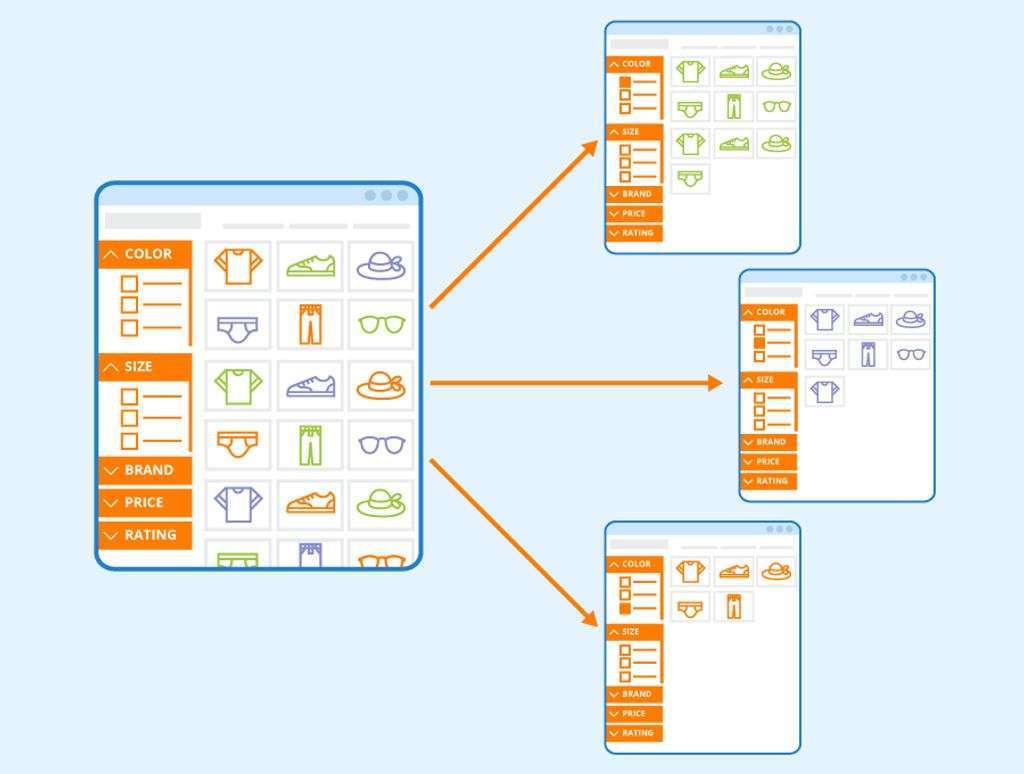

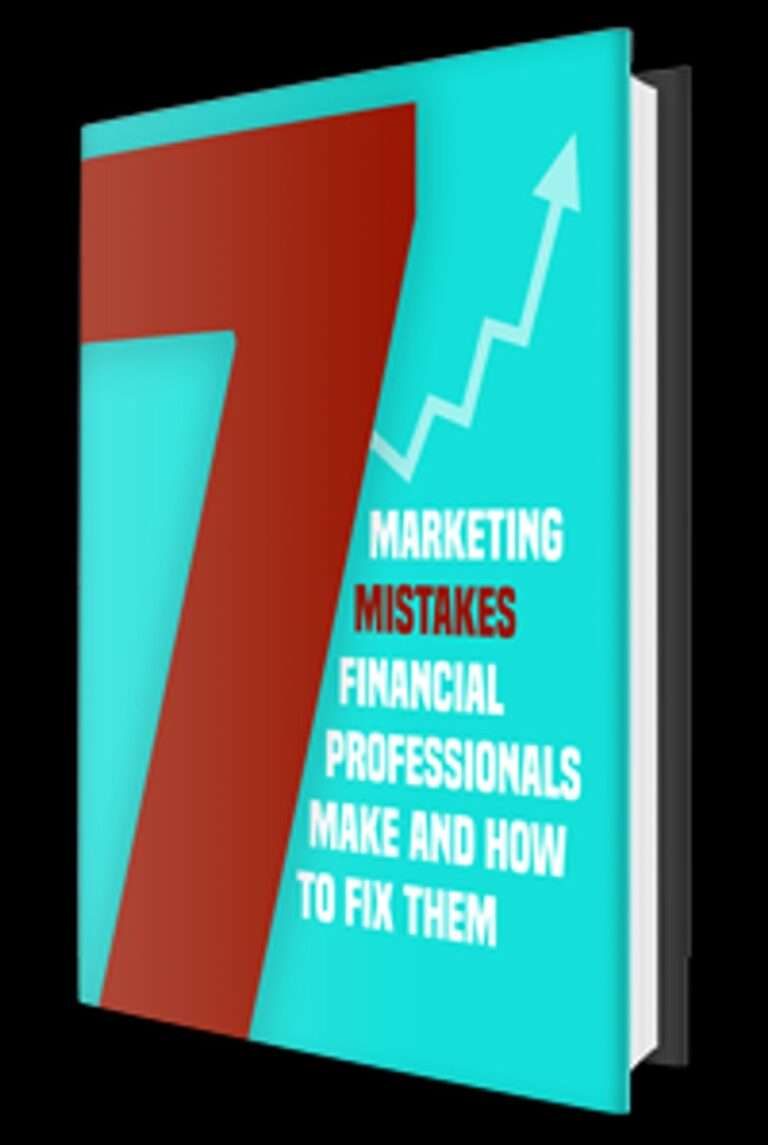
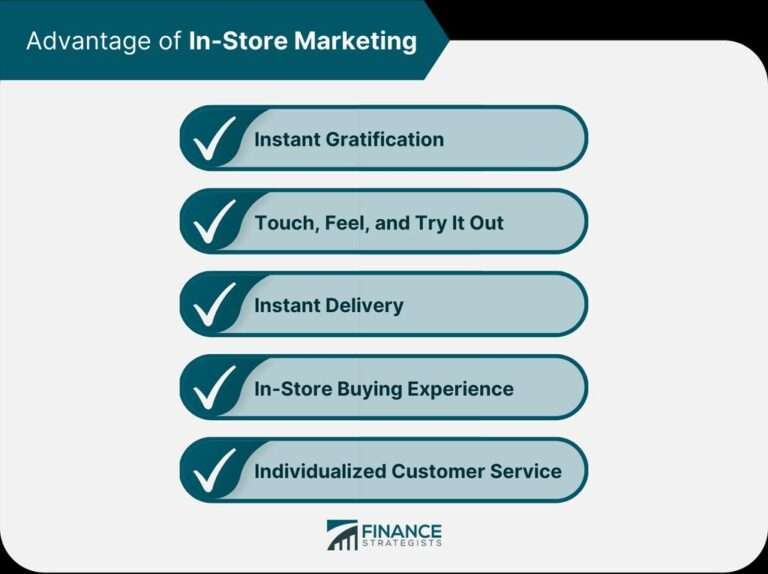
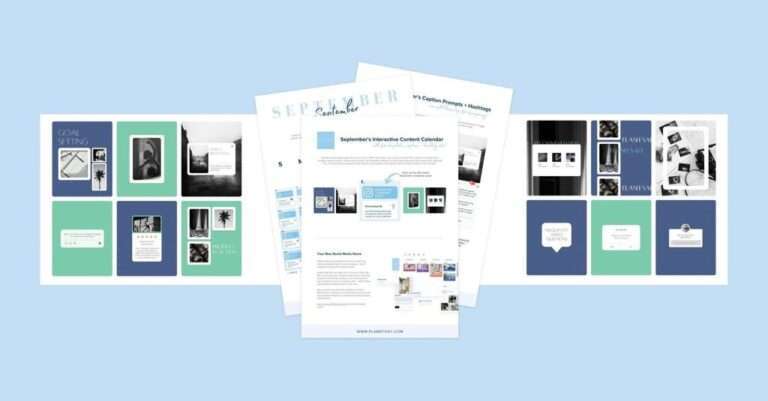
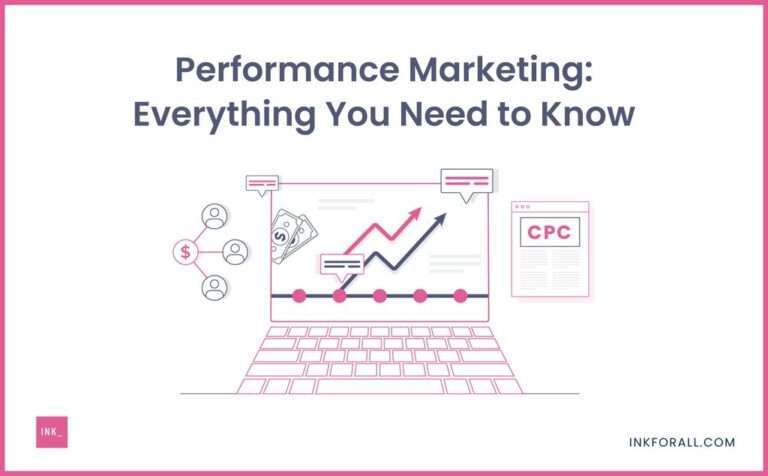

 العربية
العربية Čeština
Čeština Dansk
Dansk Nederlands
Nederlands English
English Suomi
Suomi Français
Français Deutsch
Deutsch Italiano
Italiano 日本語
日本語 한국어
한국어 Norsk bokmål
Norsk bokmål Polski
Polski Português
Português Русский
Русский Español
Español Svenska
Svenska